What is cotton fiber?
The cotton plant produces a soft, staple fiber called cotton that grows in a protective capsule known as a boll around the seeds. These fibers are made into soft, breathable textiles, which are widely used for clothing. About 50% of the world’s textile fiber is made from cotton. Approximately 900 million metric tons of cotton are produced each year in 35 countries. Indian, Chinese, USA, Pakistan and Brazilian cotton are the world’s biggest producers.
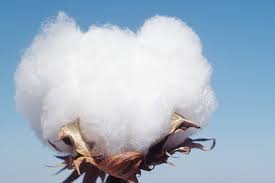
Natural products such as cotton fiber are highly variable. Fiber properties directly influence cotton’s economic and industrial value. A cotton fiber’s length, strength, color grade, and micronaire play a crucial role in its marketing. There is a need for researchers to understand the market impact and performance impact of fiber properties, such as fineness, maturity, neps, length distribution, and fiber cohesion. Moreover, it is important to understand how these properties vary within cotton samples. Performance of a cotton is also greatly influenced by the distribution of its fiber properties. In order to measure a cotton fiber’s properties, a variety of methods are available, ranging from tedious manual methods to high-speed instrumental methods, which are often used as references.
My goal in this article is to explain the cotton fiber properties as categorized by the following four categories.
- Physical properties of cotton fiber.
- Chemical properties of cotton fiber.
- Technical properties of cotton fiber.
- Miscellaneous properties of cotton fiber.
1. Physical properties of cotton fiber
1.1 Fiber length:
Fiber length is the average length of the longer one-half of the fiber. A relatively short staple fiber, its diameter ranges from 8 micrometers to 20 micrometers and its length ranges from 10mm to 65mm. The slenderness ratio ranges from 350 (coarse) to 6000 (fine). Cotton fiber is easier to spin into yarn when the slenderness ratio is greater. Cotton fibers that are longer and finer are easier to spin into smoother, stronger and finer yarns.
1.2 Fiber strength:
Cotton fibers are highly strong due to highly organized cellulose chain molecules inside their interiors. The cellulose layers are more uniformly stress distributed when it is wet, as the water promotes the formation of hydrogen bonds between polymers. It creases easier when it is wet. Fiber strength varies between 24 and 32 grams per tex.
1.3 Fineness:
A micronaire is a numerical value that indicates its weight based on micrograms per inch of fiber. The value varies between 3-6. Additionally, it is a measure of fiber maturity and fineness. An airflow instrument is used to measure the air permeability of a constant mass of cotton fiber compressed to a fixed volume.
1.4 Elastic-plastic nature:
Cotton fibers are inelastic due to their crystalline polymer system, so they wrinkle and crease easily. Due to their long lengths and the countless hydrogen bonds between them, polymer molecules can slide past each other only under considerable strain. Polymers fracture under strong strain forces because their crystallinity makes them difficult to bend and crush. Polymer fractures form weak points in the polymer system, resulting in weak areas in the fiber structure. Therefore, cotton fibers become wrinkled and creased when they are forced.
1.5 Fiber maturity:
A cotton fiber’s maturity is determined by the development of the cell wall. Fully mature fibers have developed cell walls. In contrast, the cell wall of an immature fiber is very thin. It is considered mature fiber when the cell wall of moisture swollen fiber represents 50% to 80% of the round cross section, immature fiber when it represents 30% to 45% and dead when it represents less than 25%.
1.6 Color:
Cotton fiber’s color depends on its type, surrounding environment, soil, and agricultural process. When cotton is being stored, both before and after ginning, excessive moisture and temperature also affect its color. Cotton varies in color from luster white to creamy to light yellow or brown, depending on its variety.
1.7 Hygroscopic nature:
Cotton molecules absorb a great deal of moisture due to their abundant polar -OH groups, which make them very attractive to water molecules. As the inter-molecular spaces in the crystalline region are very small, the OH molecule can only enter through the amorphous region. When cotton fiber is exposed to water, it swells up primarily due to the separation of polymers by water molecules in the amorphous region. The cotton fibers usually feel crisp when touched since they absorb moisture from the skin. Static electricity cannot be generated by cotton materials due to their hygroscopic nature. By attracting the polarity of water molecules to the polymer’s hydroxyl group, static charges are dissipated.
1.8 Thermal nature:
Cotton fibers conduct heat energy, minimizing the accumulation of destructive heat. As a result, cotton fibers are able to withstand high ironing temperatures. When cotton fiber is heated to extreme temperatures, it chars and burns, which indicates cotton fiber is not thermoplastic. This prevents the fiber from assuming the new position of the polymers when heated. As the polymers heat up, they start vibrating and gradually decompose.
2. Chemical properties of cotton fiber
2.1 Effect of acids:
Cotton fibers are weakened by cold weak dilute acids and degraded by strong acids. Acidic conditions hydrolyse the cotton polymer at the -O- position, which is the link of the two glucose units.
2.2 Effect of alkalis:
Cotton fibers are unaffected by alkalis due to the lack of attraction between the polymer and alkali. Cotton fibers swell when mercerization is performed without tensioning or slack mercerization. This swelling is primarily caused by alkali and radicles entering the amorphous region of the fiber polymer system, forcing the polymers apart and causing swelling. In this way, poorly oriented polymers can arrange themselves more orderly, increasing the strength of the fibers. When mercerization is done under tension, little swelling or contraction occurs. Thus, the fiber produced has less tenacity and a distinct, subdued luster. Under tension, mercerization increases tenacity because hydrogen bonds are formed between the polymer molecules due to the alkaline liquor. As a result, the fiber becomes smoother and more regular, enabling it to reflect light more evenly and, as a result, appear more subdued. In addition, cotton absorbs more dye after mercerization. Because of this, mercerized cotton dyes and prints deeper than other mercerized fibers.
2.3 Effect of bleaching :
For bleaching purposes, raw cotton fibers are treated with several types of oxidizing agent like, sodium hypochlorite, sodium perborate, hydrogen peroxide, sodium chlorite etc. thes reagent lead to chemical attack initially on the functional groups and then progressively cause the chain break, lowering the DP and almost invariably consequently reducing the tensile strength of the fibers.
2.4 Effect of sunlight:
In the presence of atmospheric air, oxygen, moisture, and pollutants, ultraviolet rays provide photochemical energy, while infrared rays provide heat energy to degrade cotton fibers. Moisture in the atmosphere contributes to the breakdown of cotton fiber through various hydrolytic reactions. Initially, the fiber discolors. Cotton degrades gradually due to the reactive nature of the hydrolytic compound. It is evident that cotton fiber is degrading when its polymer begins to weaken and breakdown.
2.5 Effect of micro-organisms:
Dry cotton fiber can resist moths and most of the insects, but its cellulose severe as food for the fungi and make it a candidate for mildew. As a result of mildew, fiber material weakens and rots, causing a musty odor. There are also mineral substances in cotton fibers that encourage their growth. When starchy materials are used as a sizing or a finishing agent, mildew grows more rapidly. In spite of this, cotton cellulose can provide the microorganisms with the carbon they need.
3. Technical properties of cotton fiber
3.1 Upper half mean length
- Length of linters: 0.25-0.50 (inch)
- Comber: <0.50 (inch)
- Gin motes 0.050-0.80 (inch)
- Upland virgin staple: 0.70-1.30 (inch)
3.2 Fiber diameter
- Micronaire: 2.0-1.0
- Approximate denier 0.7-2.5
3.3 Elastic recovery(%)
- At 2 percentage extension: 74 percentage
- At 5 percentage extension: 45 percentage
3.4 Breaking elongation ( dry condition): 3-9.5
3.5 Tensile strength (gm/tex or gm/denier)
- Dry condition: 27-44/3.0-4.9
- Wet condition: 28-57/3.3-6.4
3.6 Moisture regain( at standard condition): 7%
3.7 Density : 1.54 gm/cm3
3.8 Degree of polymerization: 9000-15000
3.9 Crystallinity: 73%
3.10 Color (whiteness index): 90-10
4. Miscellaneous properties of cotton
4.1 Breathability:
A cotton fabric allow air to flow freely. By absorbing sweat and releasing it on its surface, it keeps the skin dry. Therefore, it is a comfortable fabric to wear in humid and hot climates.
4.2 Shrinkage:
When cotton fabric is washed for the first time, it tends to shrink. To avoid this, the shopkeeper sells cotton fabrics pre-shrunk. As a result, they don’t have to worry about getting small once they’ve been washed.
4.3 Absorbency:
Cotton has the ability to absorb large amounts of liquid. There are 27 times more liquid molecules in it than it weighs, so it can absorb 27 times its weight in liquid. As a result, cotton is comfortable to wear since it absorbs sweat well. Therefore, towels and washcloths can be made from it.
4.4 Wrinkling:
A cotton fabric wrinkles easily and needs to be ironed regularly to maintain its appearance. Additionally, many cotton fabrics are finished to prevent wrinkles.
4.5 Versatility:
It is easy to dye cotton fiber with any colour and they retain the colour well. Thus, it is a versatile fiber and can be used for a variety of purposes. There are three different ways to weave it, such as the plain weaves of gingham and chambray, the twill weaves of denim and khaki, and the satin weave of satin.
References
- Chowdhury, M. F. (2016). Manual of Short Staple Spinning . Dhaka: Granthanir Prokashoni.
- Hossain, M. S. (2014). Introduction to Textile Engineering. Dhaka: Books Fair Publications.
- Siddique, D. H. (n.d.). Natural Fibers. Dhaka.
- https://barnhardtcotton. net
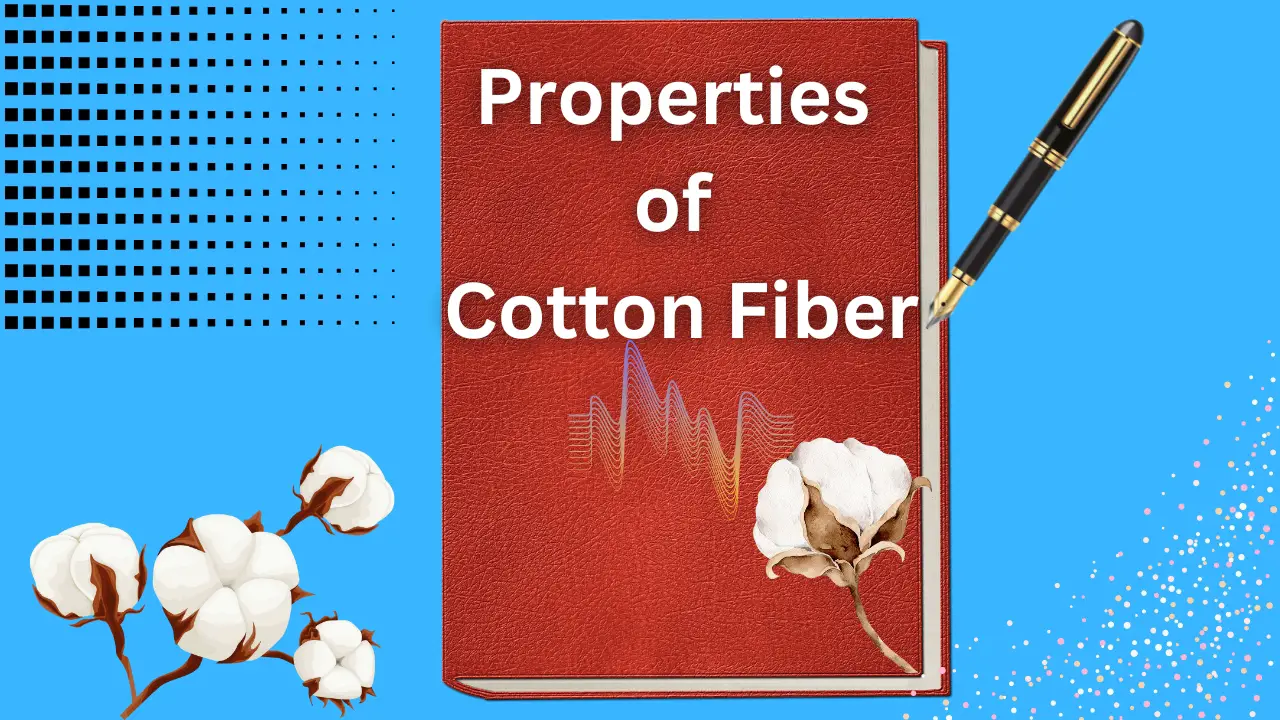
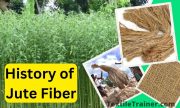

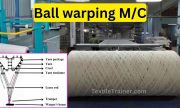

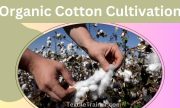

Very interesting topic, regards for posting.